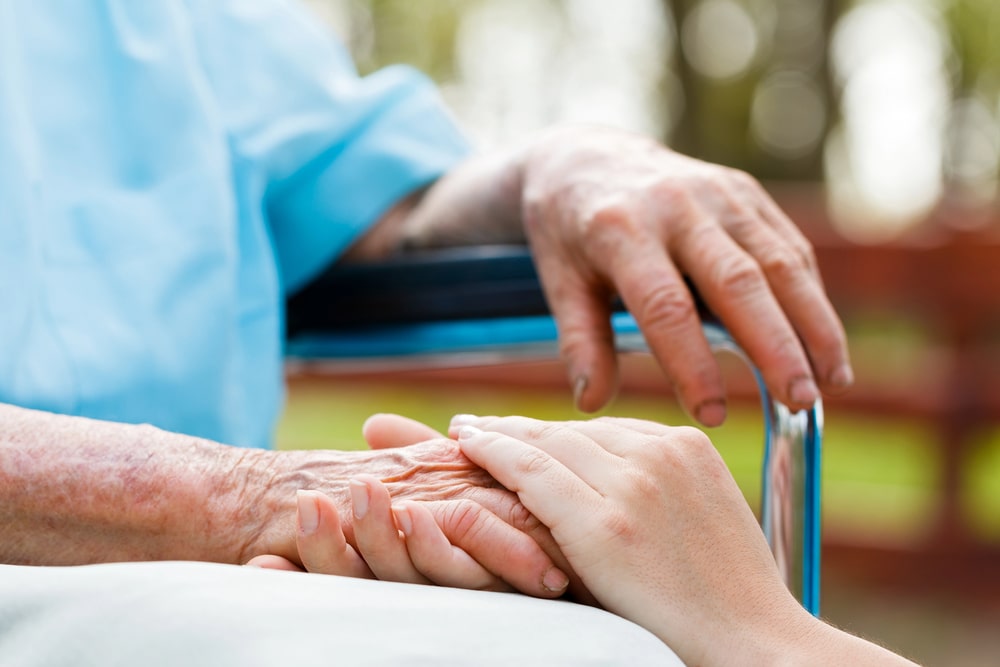How Massage Supports Wound Healing
For individuals receiving bedside wound care services, comfort and circulation are often two top concerns. Healing often takes longer when a patient’s mobility and the skin is compromised. Integrating therapeutic massage into holistic care has shown promise in supporting the body’s natural ability to recover.
Below, our friends at Dynamic Health Solutions discuss how bodywork and bedside care may support the recovery process for individuals managing wounds, especially when additional therapies like therapeutic massage are included in a patient’s care plan.
Improving Blood Circulation
Successful tissue repair relies on healthy blood flow throughout the body. Massage techniques that focus on promoting circulation can help carry oxygen and nutrients to the affected areas. This increased movement of blood may contribute to faster cellular regeneration and improved immune response—both necessary factors in effective wound recovery.
For those with mobility limitations or restricted activity, massage may help reduce stiffness and support circulation in areas that are difficult to move without assistance. When provided alongside other in-home care services, massage can become part of a well-rounded care approach.
Reducing Swelling And Inflammation
Swelling around a wound site can slow down healing and lead to discomfort. Light massage techniques, used carefully and away from the wound itself, may help stimulate the lymphatic system. This may encourage the body’s natural drainage process and support reduction in inflammation.
Therapeutic massage may also help relieve muscle tension caused by prolonged bed rest or compensating movements due to injury or discomfort. Relieving this tension may improve posture and movement, both of which can positively affect how the body heals.
Supporting Mental And Physical Comfort
Western medicine tends to separate ailments of the body and mind but mental and emotional wellbeing can affect a person’s physical help and vice versa. Many individuals receiving care for chronic or post-surgical wounds may also be managing pain, stress, or sleep disruptions. Massage therapy can promote relaxation, reduce anxiety, and improve sleep quality. When the nervous system is calmer and more regulated, the body is often better able to heal.
Caregivers and healthcare providers may also notice improved morale and engagement from patients who experience regular therapeutic massage, even in short sessions.
When Massage Fits Into A Care Plan
Therapeutic massage is not a replacement for wound care but can work as a supportive therapy. Timing, pressure, and technique must be adapted to each person’s needs and condition. For individuals receiving bedside services, having coordination between the massage provider and wound care team is important for safety and effectiveness.
Massage is generally applied to areas not directly affected by wounds, avoiding any sensitive or compromised tissue. Gentle approaches can still offer many of the benefits mentioned above without interfering with direct wound care treatments.
If you’re looking to explore how therapeutic massage can support healing, consult with your care team about adding it to your existing plan. When properly coordinated, it may become a valuable tool for comfort and recovery.
A holistic approach to healthcare is to look at a patient as a whole person and to address both physical and mental health. Coordinating a patient’s wound care treatments with things such as therapeutic massage, acupuncture, and chiropractic work helps promote healthy healing.

